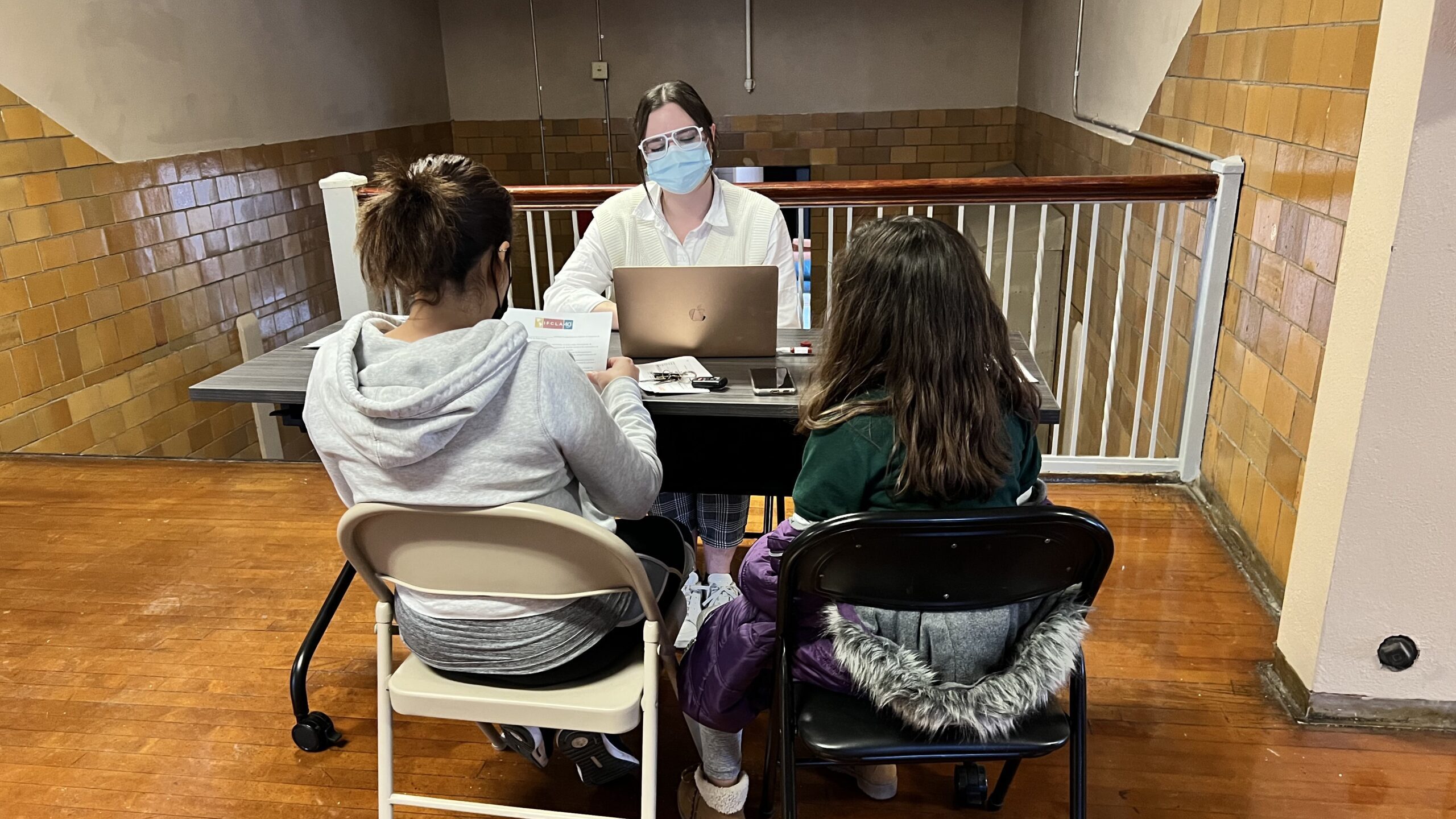Project Overview
The Direct Cash Assistance program started with the desire to quickly provide funds to the approximately 10,000 workers in St. Louis whose unemployment benefits had been cut short in 2021. The program targeted households that suffered a loss of income during COVID due to job loss, cut hours, medical treatment or funeral expenses.
The program was initially proposed by a Stimulus Advisory Board, assembled by the Mayor and composed of community development organizations, racial equity organizations, academics, environmental organization, legal advocates, disability advocates, small business owners, etc. The proposal was then taken up by Mayor Jones and approved by the Board of Aldermen and implemented by the Department of Human Services in partnership with United Way of St. Louis.
Community-Centered Process
The Stimulus Advisory Board (SAB) implemented a needs assessment survey for residents, reviewed requests for services received during the pandemic and also conducted public feedback meetings to identify the needs of St. Louis residents. Members of the SAB were also inspired by Universal Basic Income pilots in other cities, but some policy challenges combined with the desire to move quickly resulted in the proposal of a one-time direct cash assistance program.
Once the program was in the implementation phase, getting the word out about the program and supporting would-be-applicants was key to the success of the program. The City organized application fairs at community colleges focused on seniors, people with disabilities and individuals without internet access. These events were well attended, bilingual and provided opportunities for applications to be done in person rather than online. Additionally, nonprofits and service providers did outreach with their members and constituencies to ensure participation of a broader population, especially for undocumented immigrants. Other key messengers were schools, libraries and nursing homes. Word of mouth between friends and family was also an important source of applicants, but encouraged the self-replicating effect of reaching to similar networks instead of broadening outreach to new group
Equity Goals
The program provided assistance to 9,300 residents with an income below the 80% Area Median Income. Applicants had to provide proof of residency and income to qualify, which increased hesitancy among undocumented residents and made it harder for them to access the funds. While residents all across the city were recipients of the program, disbursement was higher in neighborhoods in the north and eastern parts of St. Louis City. These are precisely the areas of the city that are predominantly Black and have the highest percentage of their population living below the poverty level.
Survey results show that recipients used their relief money to pay for basic needs like rent and mortgage (28% of recipients), utilities (70%) and groceries (68%). Health expenses (23%), transportation (32%) and other bills (30%) were other expenses recipients were able to afford with the assistance. Some recipients said the assistance prevented them from having to choose between urgent basic priorities or dipping into worse financial situations, like homelessness. Single parents, seniors, those with medical conditions and those who were having a hard time finding a job in the middle of the pandemic were especially vocal about how the cash assistance had helped them. A lot of recipients described the effects the money had on their mental health, like reduced stress and anxiety. Additionally, the program also made recipients feel supported and increased their trust in the city. Despite these outstanding results, recipients agreed that one-time assistance was not enough. 99.3% of survey respondents believe the City of St. Louis need to implement a program like this again.

